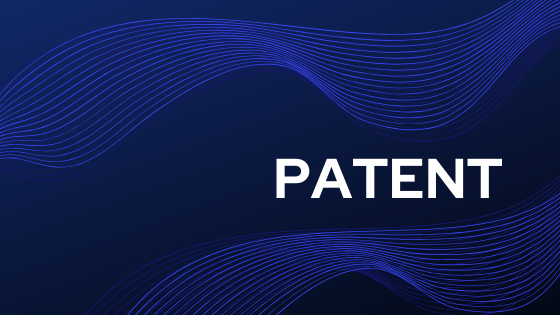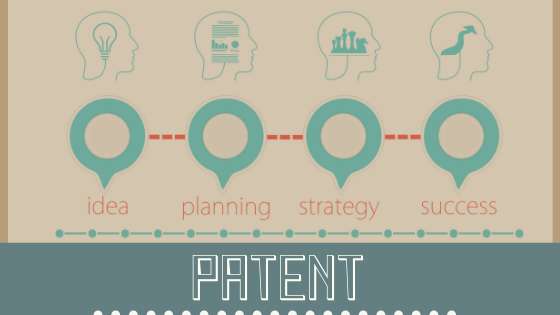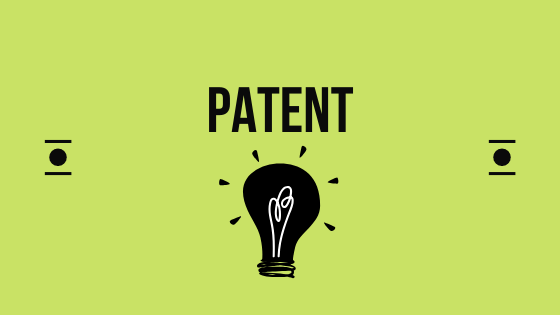Patents and trademarks are very crucial for survival in the inventing arena. Since, an invention is for an idea, you must protect it. That is why there are patents. Once an idea is made into a reality, a trademark is your way to distinguish your idea from others of similar function. For instance, Coke and Pepsi both have a similar product.
Each products formula is patented. However, since they are similar, they create a trademark in order to make the difference, so people know which product they were buying. That is why patents and trademarks are very important in the inventing business.
A patent is a granted right to give an inventor exclusive rights by the US Patent and Trademark Office, to do what he/she wants with his/her invention. Such as, ban others from using your invention to produce, sell, or use your idea without you approval. Approval usually requires compensation to you for that use.
The invention must have certain qualifications in order for you to receive a patent. The most important qualification is that it is not already patented by someone else. The idea must also be unique from any other product and with no obvious similarities to another idea as you can see from https://kulturehub.com/inventhelp-support-inventors/.

A patent is for a limited time and is the US Patent and Trademark Office can only protect your idea in the United States. You will need to file a patent in other countries in order to market your idea there.
However, no body can import to the U.S. a product that violates your patent. The U.S. is a member of international treaties with other foreign countries which have set-up procedures for obtaining patents with ease.
To file for a patent you can either hire an attorney with a back ground with patents, or you can file with the U.S. Patent and Trademark Office. Keep in mind that patent filing can be very difficult and if not done properly can complicate matters and take longer to get the patent.
A trademark is a name, logo, sound, shapes, colors, or anything that helps distinguish the difference between one product or service provider from another. The trademark is representative of what is important with a product or service that is up for sale. A trademarks importance depends on the companies reputation.
To file for a trademark you can either hire an attorney with a back ground with trademarks, or you can file with the U.S. Patent and Trademark Office. Same as patents, filing a proper application is important and should be done right the first time in order to assure the quickest response with less hassle. Learn more from https://twitter.com/inventhelp.

